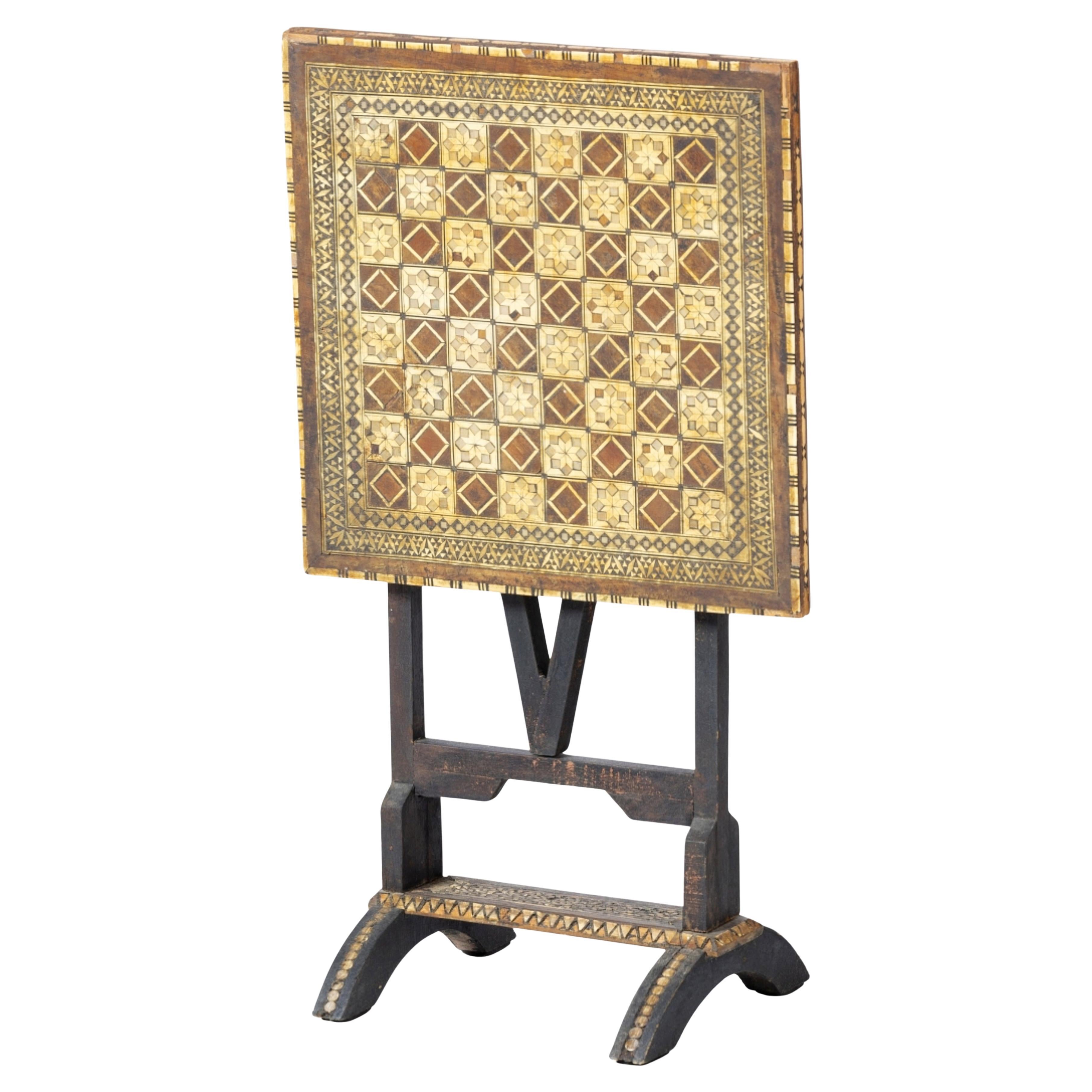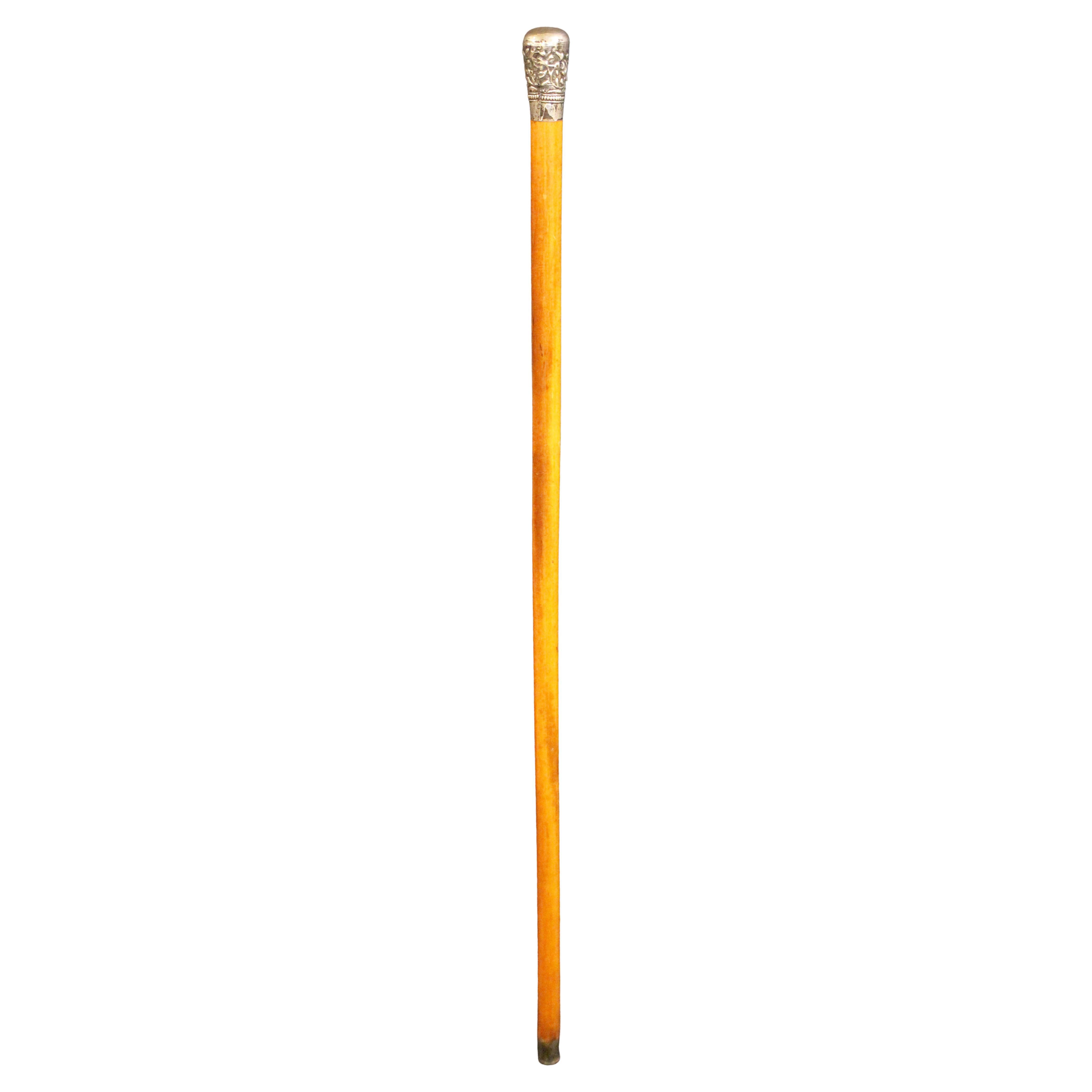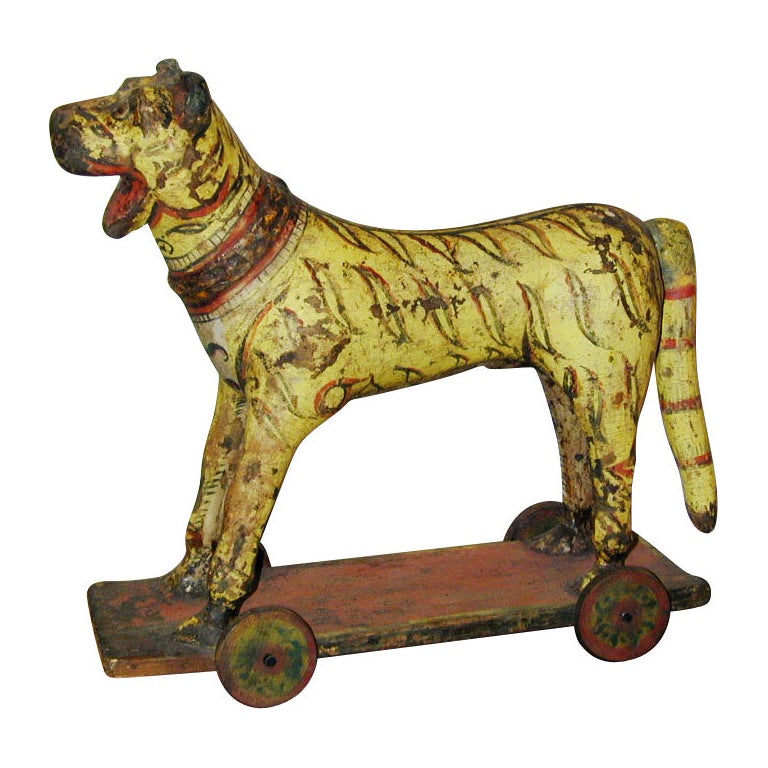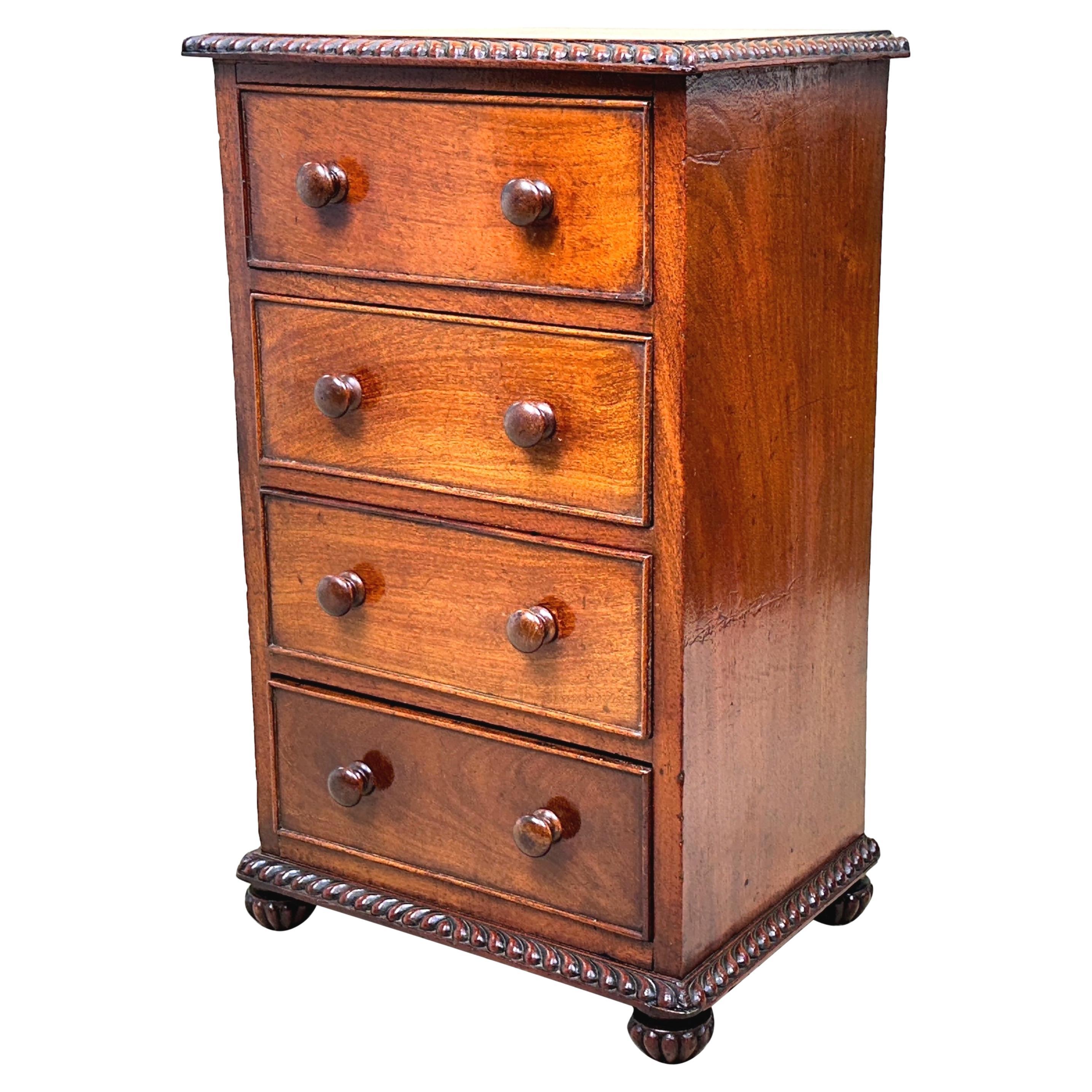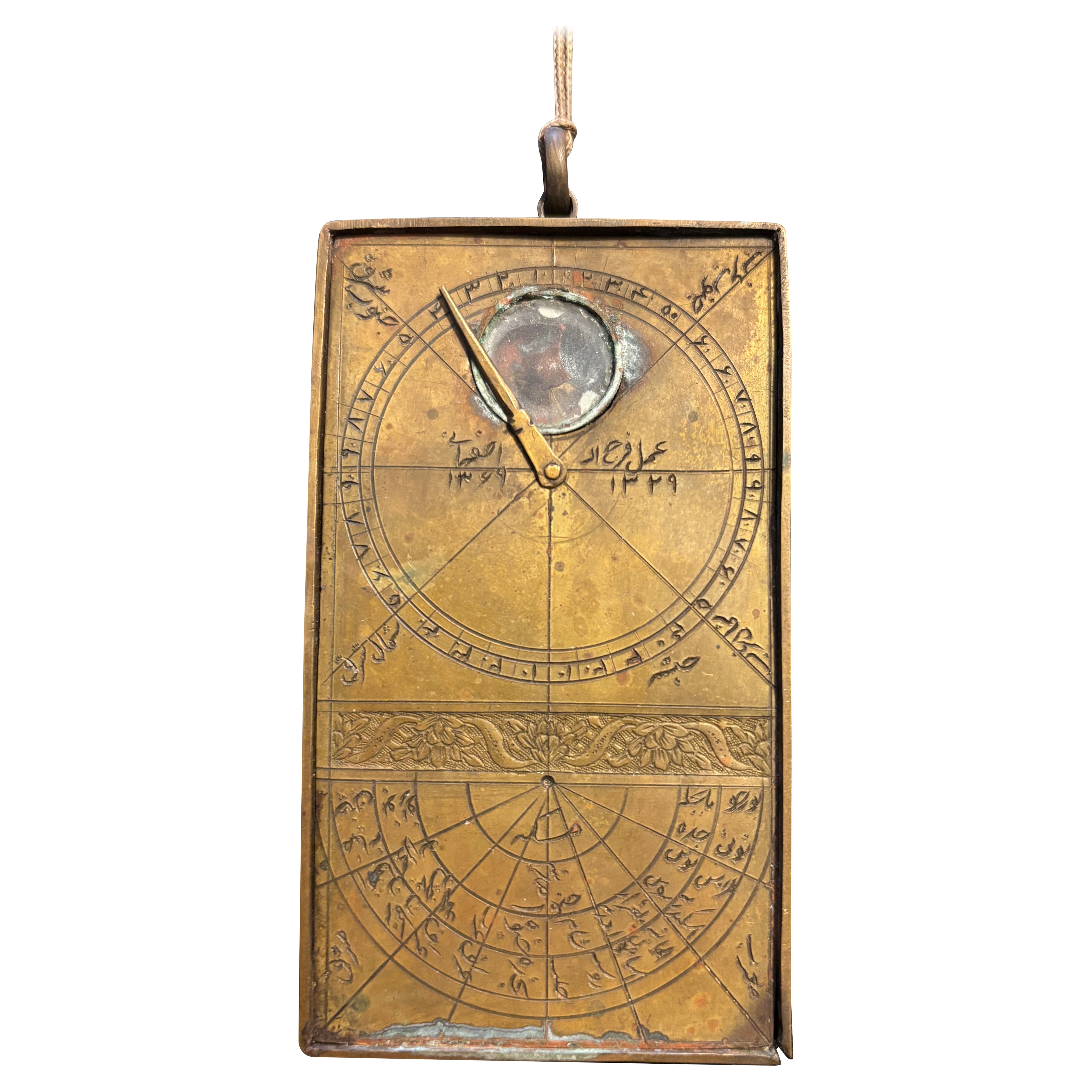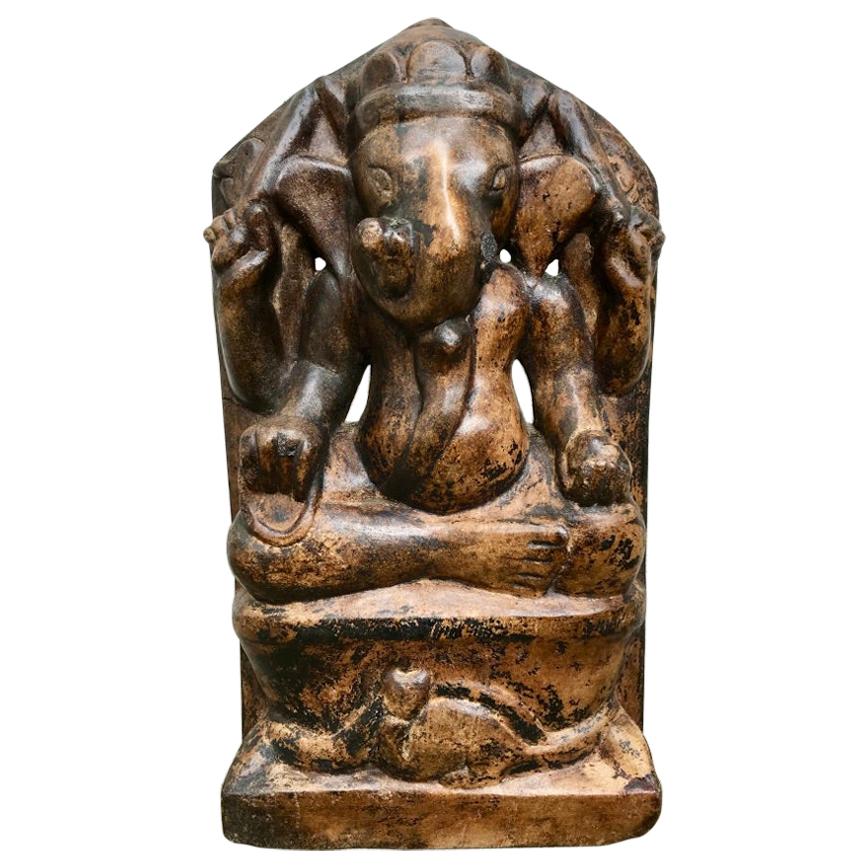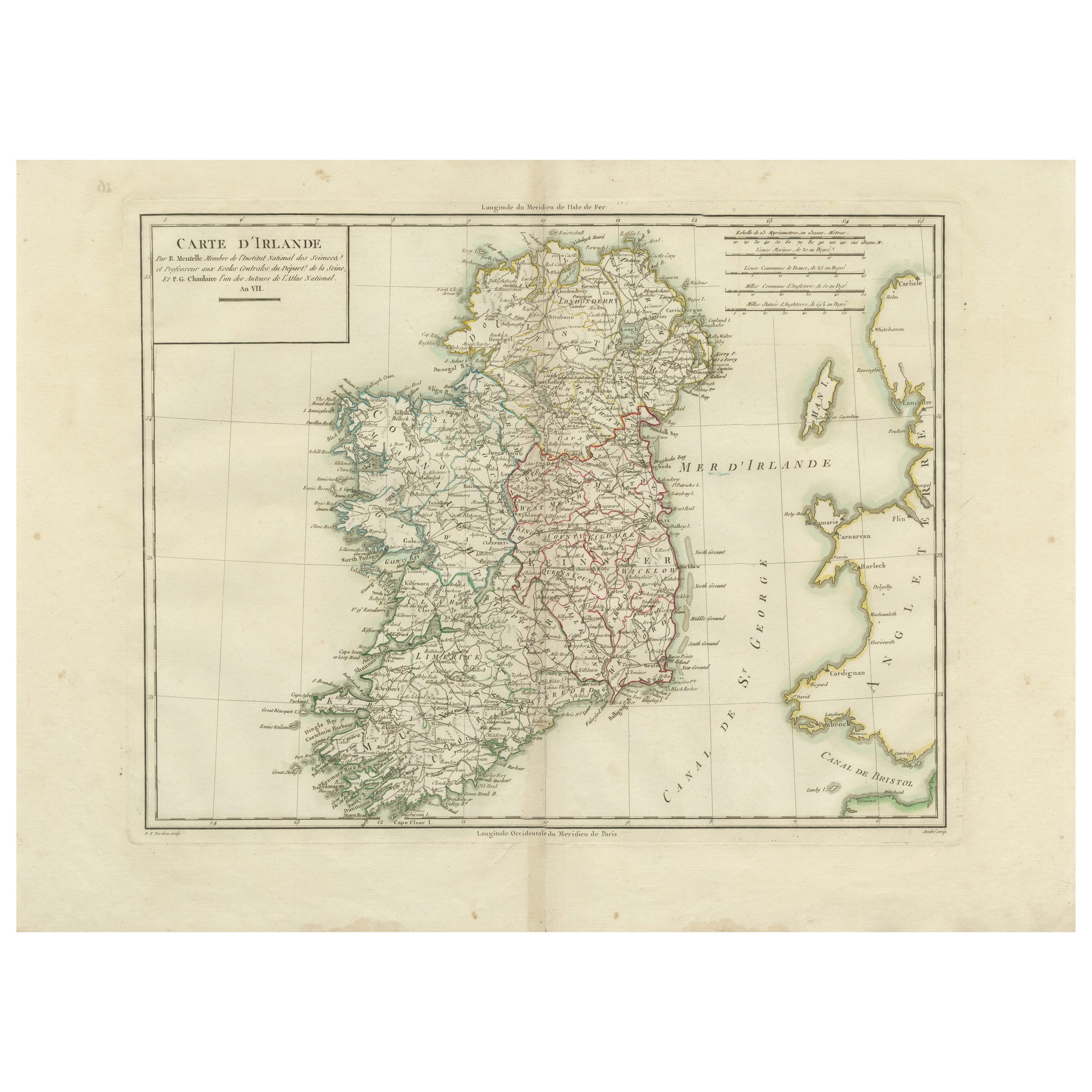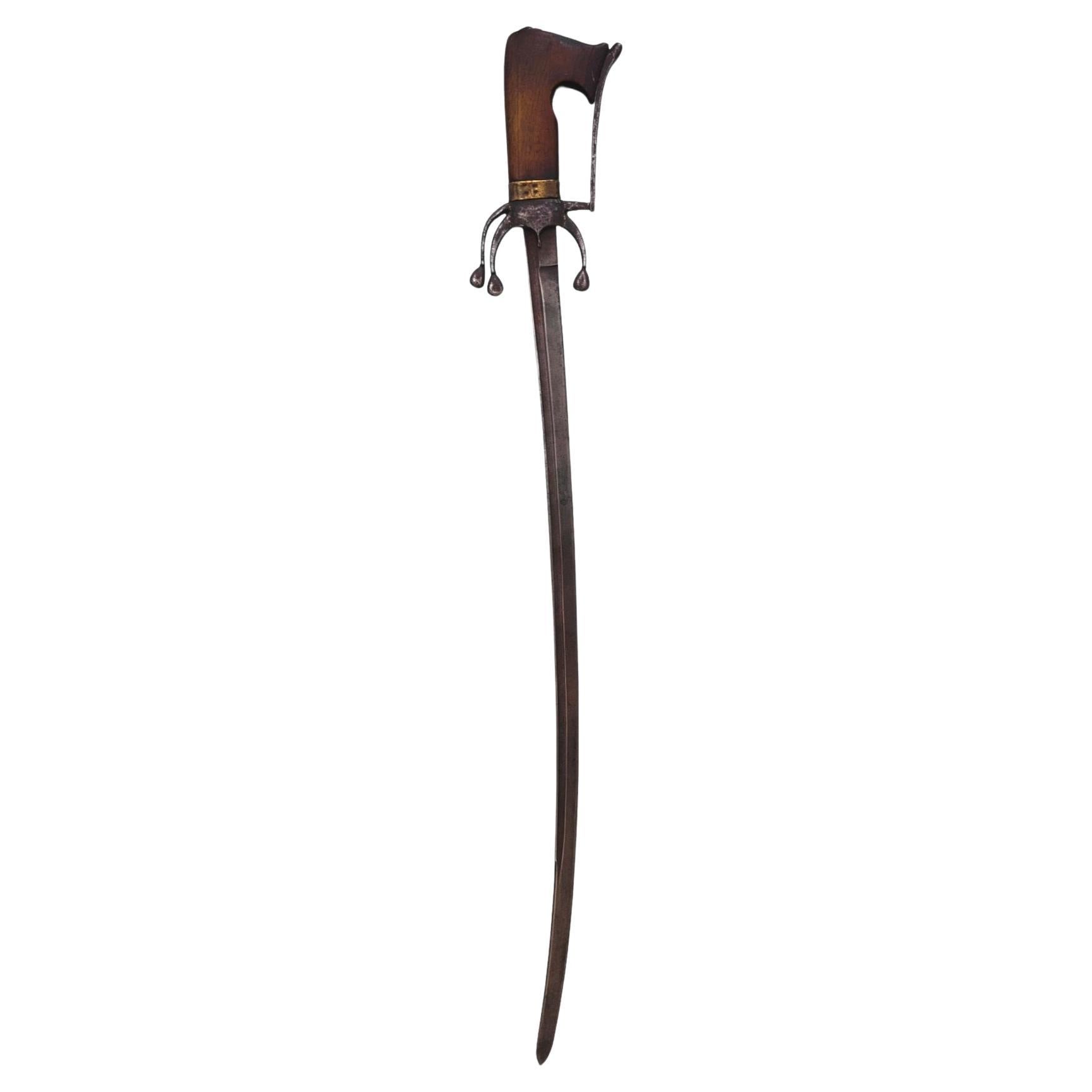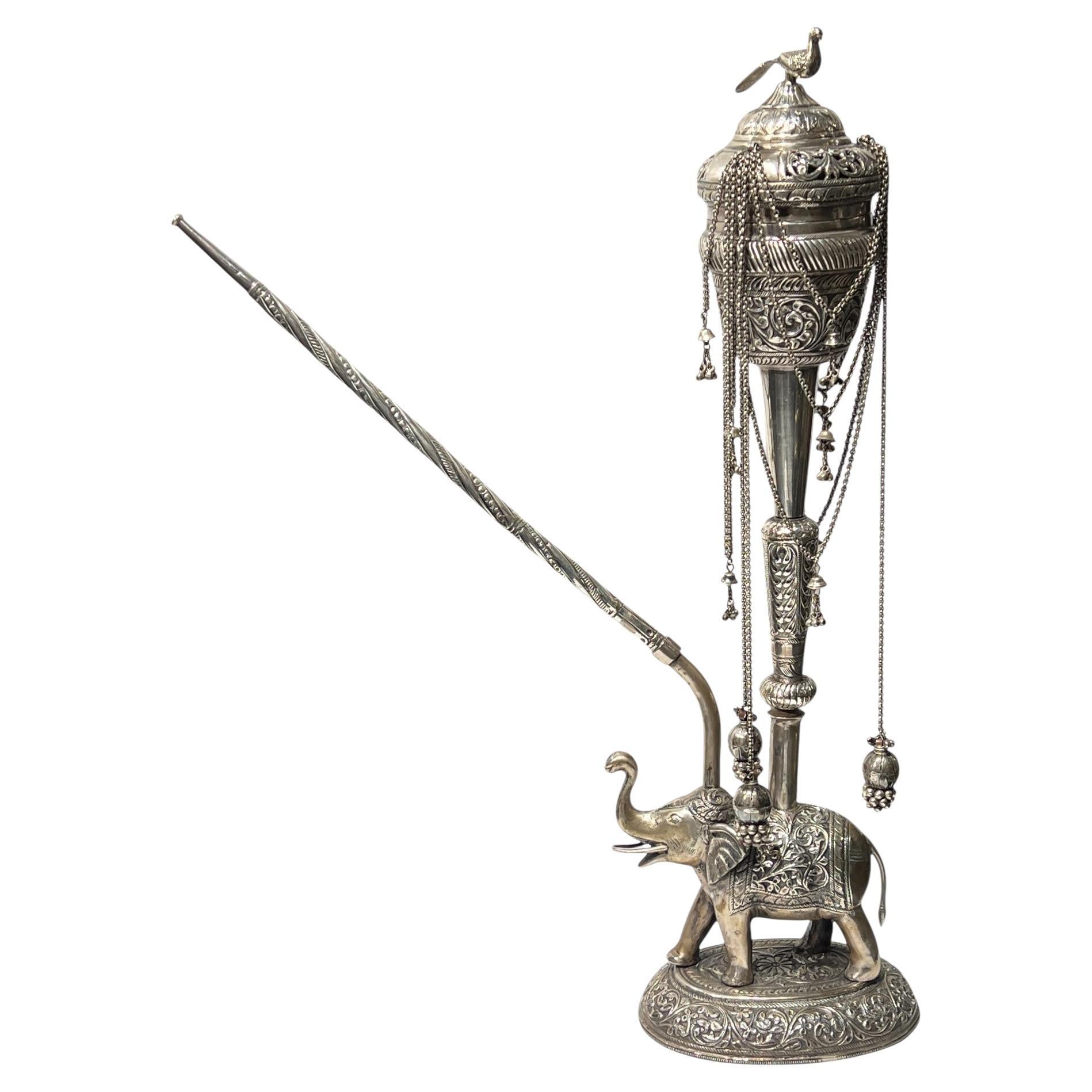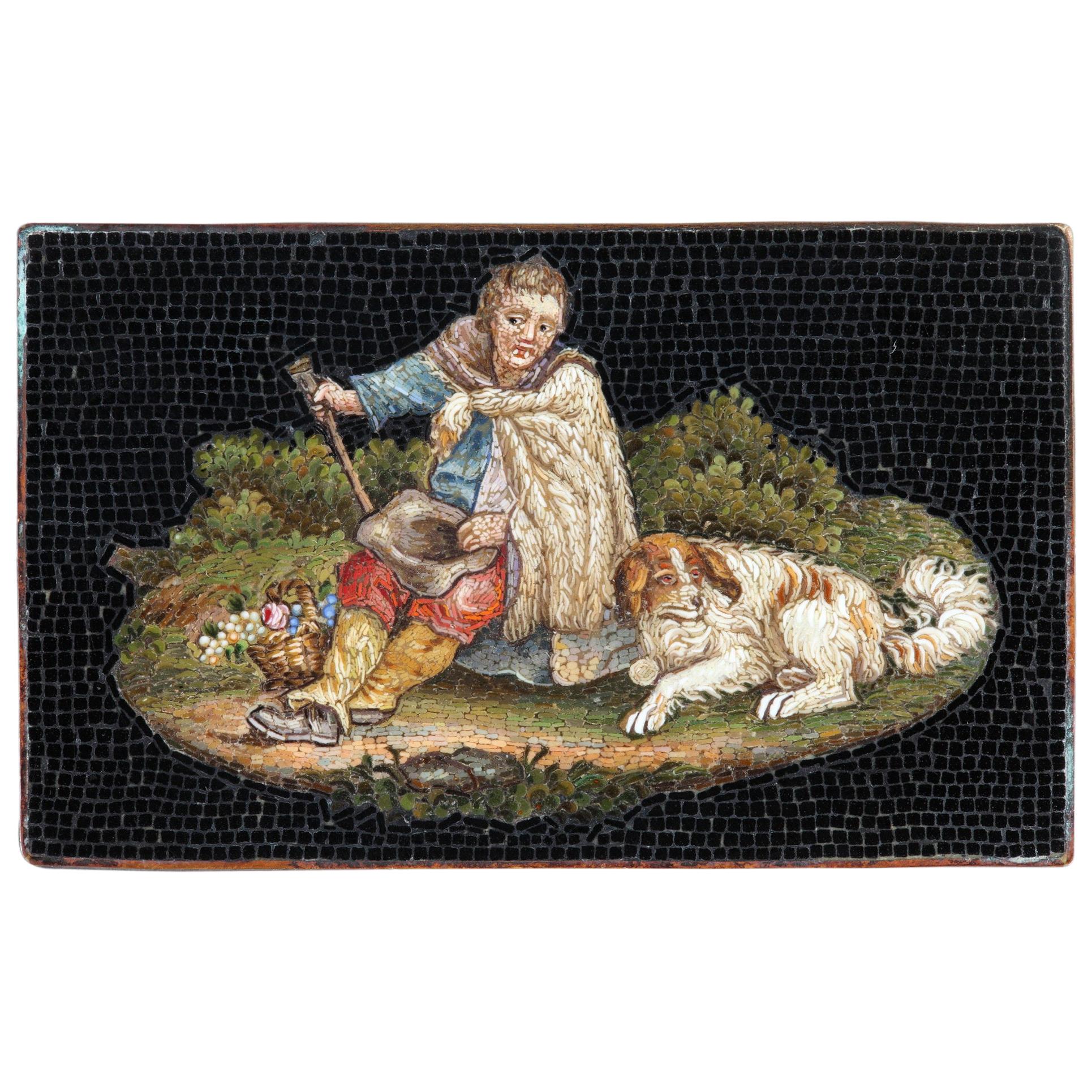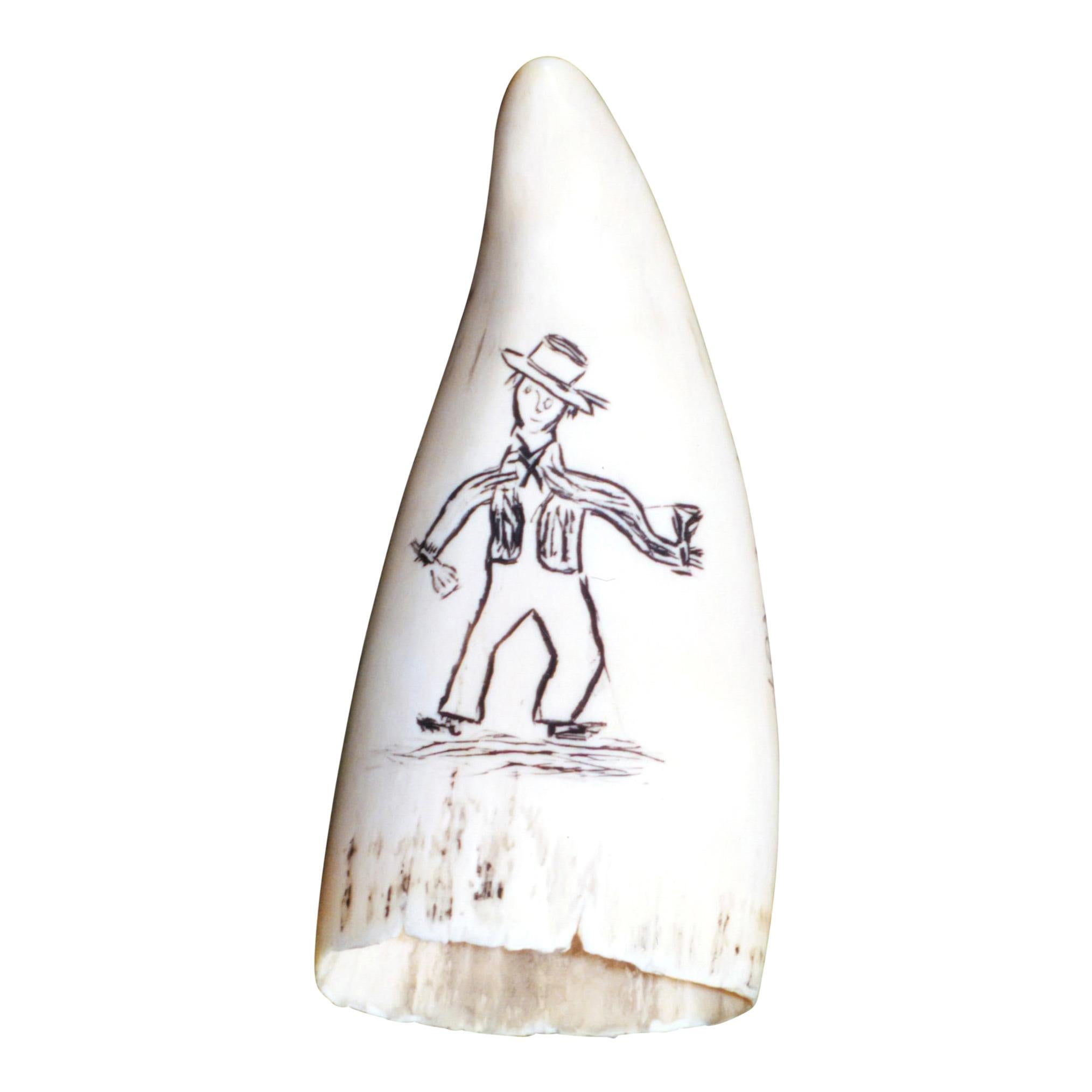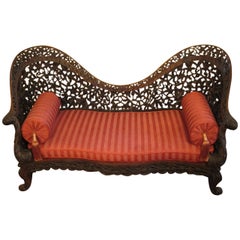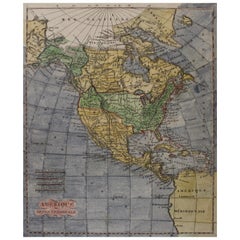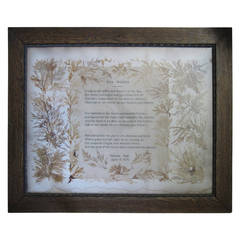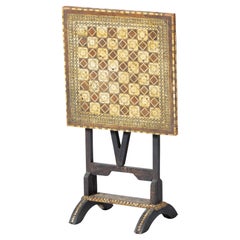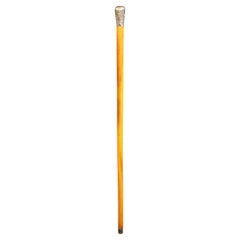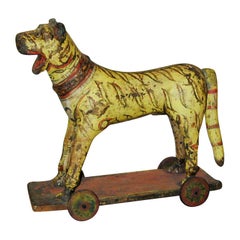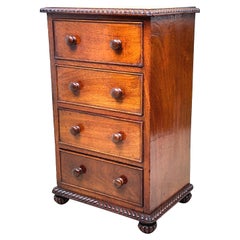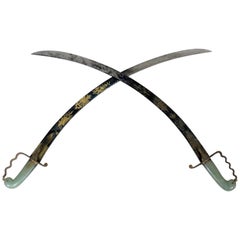
Pair of Early 19th Century Anglo-Indian Swords by Read of Dublin, Ireland
View Similar Items
Want more images or videos?
Request additional images or videos from the seller
1 of 17
Pair of Early 19th Century Anglo-Indian Swords by Read of Dublin, Ireland
Price:$8,298.42
$11,500List Price
About the Item
- Creator:Thomas Read (Maker)
- Dimensions:Height: 36 in (91.44 cm)Width: 5.5 in (13.97 cm)Depth: 1.5 in (3.81 cm)
- Sold As:Set of 2
- Style:Anglo-Indian (Of the Period)
- Materials and Techniques:
- Place of Origin:Ireland, Republic of
- Period:
- Date of Manufacture:circa 1800
- Condition:Wear consistent with age and use. These swords show some signs of wear most notably to the steel blades which have some tarnish. The gold gilding and etching on the blades have loses in some spots more than others.
- Seller Location:Hamilton, CA
- Reference Number:1stDibs: LU1355213758972
About the Seller
5.0
Platinum Seller
Premium sellers with a 4.7+ rating and 24-hour response times
Established in 2010
1stDibs seller since 2015
1,335 sales on 1stDibs
Typical response time: 2 hours
Authenticity Guarantee
In the unlikely event there’s an issue with an item’s authenticity, contact us within 1 year for a full refund. DetailsMoney-Back Guarantee
If your item is not as described, is damaged in transit, or does not arrive, contact us within 7 days for a full refund. Details24-Hour Cancellation
You have a 24-hour grace period in which to reconsider your purchase, with no questions asked.Vetted Professional Sellers
Our world-class sellers must adhere to strict standards for service and quality, maintaining the integrity of our listings.Price-Match Guarantee
If you find that a seller listed the same item for a lower price elsewhere, we’ll match it.Trusted Global Delivery
Our best-in-class carrier network provides specialized shipping options worldwide, including custom delivery.More From This Seller
View AllAnglo Indian Settee, Late 18th or Early 19th Century Carved Rosewood
Located in Hamilton, Ontario
Hand-carved rosewood, mid 19th century.
Free shipping within the United States and Canada.
Category
Antique Mid-19th Century Indian Anglo-Indian Settees
Materials
Rosewood
$19,995 Sale Price
55% Off
Early 19th Century Hand Coloured Map of North America by Aaron Arrowsmith
By Aaron Arrowsmith
Located in Hamilton, Ontario
Hand coloured map in French by English cartographer Aaron Arrowsmith (1750–1823) titled "Amerique Septentionale" (North America).
Map size: 9.5" x 8"
Mat size: 20.5" x 14.25".
Category
Antique Early 19th Century English Maps
Materials
Paper
$795 Sale Price
36% Off
Anglo-Indian Silver Belt Buckle with Red and Black Belts
Located in Hamilton, Ontario
This is a highly ornate and decorative old Anglo-Indian silver belt buckle with red and black ribbon belts. It dates to the early 20th centu...
Category
Early 20th Century Indian Anglo-Indian Collectible Jewelry
Materials
Silver
$795 Sale Price
36% Off
19th Century, Irish Marine Botany Specimens Made for the Niagara Falls Museum
Located in Hamilton, Ontario
19th century Irish Marine Botany Specimens made for Thomas Barnett of the Niagara Falls Museum. Seaweed samples were collected off the West Coast of Ireland in 1871 by Mrs. Maria J.W. Kirkwood and presented to Thomas Barnett Esquire, proprietor of the Niagara Falls Museum. These come as two separately framed pieces with hand embroidered lettering surrounded by seaweed and a poem written by Victoria Hall.
Free shipping within the United States and Canada.
The Niagara Falls Museum was a museum most notable for being the oldest Canadian museum (1827), as well as for having housed the mummy of Ramesses I for 140 years before its return to Egypt in 2003. It was founded by Thomas Barnett of Birmingham, England and underwent a few vocational changes in its history.
More on Thomas Barnett and the Niagara Falls Museum.
Thomas Barnett was born on December the 4th, 1799 near Birmingham, England. He moved to Canada in the early 1820s and opened the Niagara Falls Museum in 1827 at the base of the Canadian Horseshoe Falls. Barnett had a passion for collecting oddities. He retrofitted a former brewery house to exhibit his private collection. Although Barnett was aware of the collection patterns of his North American contemporaries, his own approach bore an uncanny similarity to the British tradition, such as the Ashmolean Museum in Oxford, the first traditional museum in Britain.
The Niagara Falls Museum had humble beginnings. In 1827, the first museum contained Thomas Barnett's own cabinet of taxidermic curiosities. Although the details were not documented, the collection was likely composed of a number of mounted animals of local origin, combined with a smattering of Native American artifacts. Barnett's collection however rapidly grew. Prior to 1844, an account of the museum's contents stated that there were over 5000 items, including bipeds, quadrupeds, birds, fish, insects, reptiles, shells, minerals, and Native American curiosities. Through the first fifty years of its existence, the Niagara Falls Museum continued to acquire similar artifacts through the diligent efforts of the Barnett family and their associates.
In 1854, Sydney Barnett (son of Thomas Barnett) made the first of his three trips to Egypt (two by himself and one with Dr. J. Douglas of Montreal) and purchased four mummies as well as a host of other Egyptian antiquities. In 1857, mastodon remains were discovered in St. Thomas, Ontario and later placed in the museum. In 1859 an inventory of the museum's contents included, in addition to the previously mentioned artifacts, an egg collection...
Category
Antique 19th Century Decorative Art
$3,250 Sale Price / set
27% Off
Early 19th Century Hand Colored Map of the United States and Caribbean Islands
Located in Hamilton, Ontario
Hand coloured early 19th century map by Giraldon of France titled "Etats Unis et Grandes Antilles" (United States and Greater Antilles).
Category
Antique Early 19th Century French Maps
Materials
Paper
$595 Sale Price
40% Off
19th Century African Shona Dagger
Located in Hamilton, Ontario
19th Century dagger from the Shona people of Zimbabwe. It features beautiful carvings, a rich aged patina and a handmade steeped blade.
Category
Antique 1890s Zimbabwean Arms, Armor and Weapons
Materials
Metal
You May Also Like
Splendid 19th Century Anglo-Indian CHESS BOARD TABLE
Located in Madrid, ES
19th Century CHESS BOARD TABLE
in ebony wood with bone applications.
Small flaws.
good condition
Dim.: 52.5 x 37.5 cm.
Category
Antique 19th Century Indian Anglo-Indian Toys and Dolls
Materials
Wood
Mid-Late 19th Century Anglo-Indian Raj Era Walking Stick
Located in Chapel Hill, NC
Mid-late 19th century Anglo-Indian Raj Era Walking Stick. Malacca with sterling handle. Indecipherable Indian hallmarks on the silver. Brass tip - very worn with joint opened 0.5". s...
Category
Antique Late 19th Century Indian Anglo-Indian Historical Memorabilia
Materials
Sterling Silver
19th Century Anglo Indian Child's Pull Toy, Tiger on Wheels
Located in Stamford, CT
19th century Anglo Indian papier mache and painted wood pull toy, a striped yellow tiger on wheels.
Category
Antique 19th Century Indian Anglo-Indian Toys and Dolls
Materials
Wood, Paper
Early 19th Century Anglo-Indian Childs Chest Of Drawers
Located in Bedfordshire, GB
An Attractive And Very Good Quality Anglo-Indian, 19th Century, Padouk Wood Childs Chest, Having Well Figured Rectangular Top With Gadrooned Carving To Edge, Over Four Drawers, Retai...
Category
Antique Early 19th Century Indian Anglo-Indian Children's Furniture
Materials
Padouk
$5,615 Sale Price
30% Off
19th Century Indian Brass Qibla Compass
Located in Stamford, CT
19th Century Indian etched brass Qibla compass.
The compass with brass needle and glass cover, the reverse engraved with tables.
4.2 inches high 2.3 wide
A qibla (qiblah) compa...
Category
Antique Late 19th Century Indian Anglo-Indian Scientific Instruments
Materials
Brass
19th Century Indian Marble Carving of Ganesha, Remover of Obstacles
Located in Stamford, CT
Marble carving of the elephant headed four armed Hindu God Ganesha. With traces of old paint, it now has a rich honey patina from years of devotees touching the surface. Shown seated on a throne in the yoga pose, sukhasana, cross legged meditation pose. Two of his hands grasp a battle axe and a lasso, symbols of his role as a rescuer and protector. His other two hands hold an elephant goad and one of his own tusks, which he broke off in a fit of anger. His rat vehicle is below him.
A great gift for the yogi or yogini in your life. Every home should have one.
17.25 inches high 9 wide 3 deep
Ganesha, the son of Shiva and Parvati...
Category
Antique Late 19th Century Indian Anglo-Indian Sculptures and Carvings
Materials
Marble
